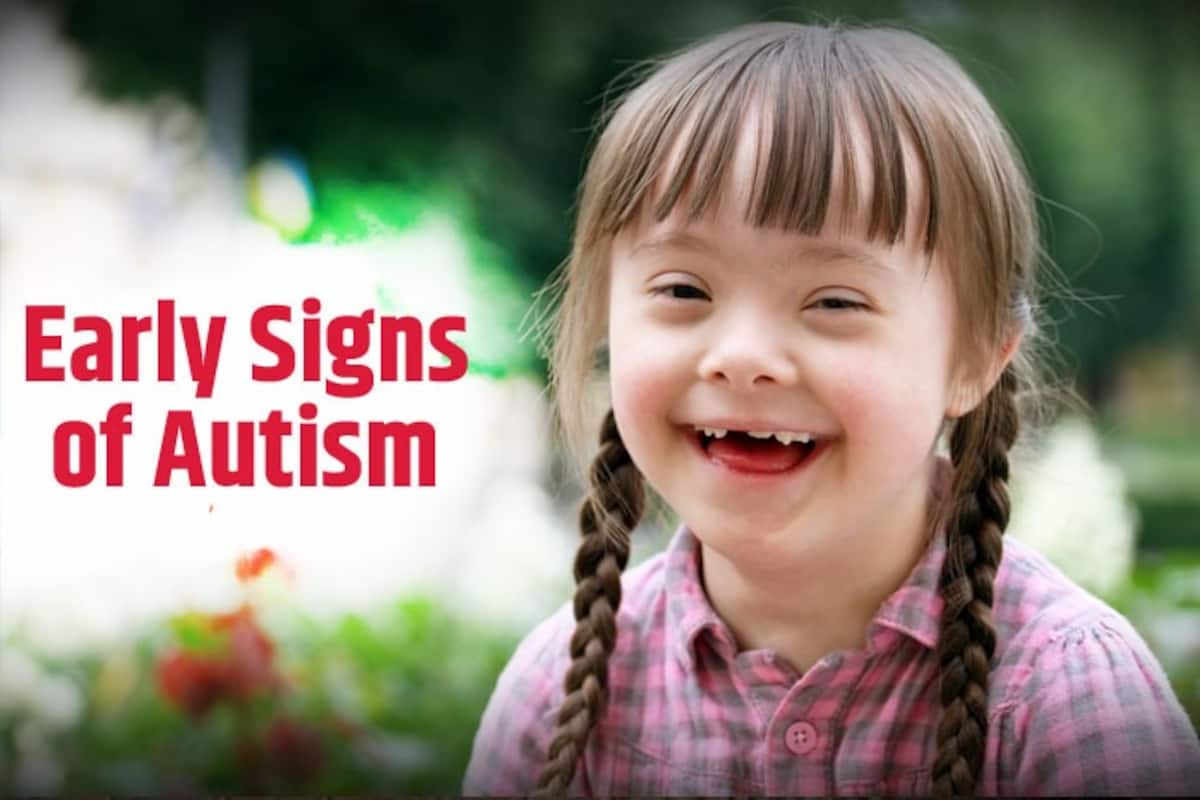Sustaining Individuals With Autism: Finest Practices in Education And Learning and Inclusion
The support of people with autism within educational settings demands a nuanced understanding of ideal methods that promote inclusion and reliable discovering. Highlighting structured settings, tailored teaching approaches, and collective efforts amongst family members and teachers can considerably enhance the academic experience for students on the range.
Comprehending Autism Range Disorder
Autism Range Problem (ASD) is a complicated neurodevelopmental problem characterized by a series of obstacles in social interaction, interaction, and habits. autism. Individuals with ASD may display a range of attributes and symptoms, typically resulting in an unique account of strengths and problems. The spectrum nature of the problem indicates that signs and symptoms can differ considerably in intensity, with some people calling for substantial assistance while others might work individually
ASD generally shows up in early youth, with indicators often evident by the age of 2 or three. Typical functions include problems in comprehending social signs, obstacles in engaging in reciprocal conversations, and a preference for routines or recurring behaviors. Sensory sensitivities are also prevalent, affecting exactly how individuals process and react to sensory input from their environment.
Understanding these features is crucial for cultivating effective assistance techniques. Precise recognition of ASD symptoms can cause timely interventions that can considerably enhance an individual's quality of life. Acknowledging the varied means in which the disorder materializes aids professionals, caretakers, and educators customize their approaches to meet the one-of-a-kind requirements of each individual on the autism range.
Creating Inclusive Discovering Settings
Creating a comprehensive knowing atmosphere is essential for supporting people with Autism Spectrum Disorder and promoting their social and academic success. Such settings prioritize acceptance, understanding, and collaboration among all students, cultivating a feeling of belonging. This approach needs the energetic involvement of peers, teachers, and moms and dads, developing an area that values diversity and inclusivity.
To achieve inclusivity, physical classroom setups should fit various sensory needs, offering quiet locations and versatile seating alternatives. Visual supports, such as schedules and hint cards, can assist understanding and predictability, necessary for lots of trainees with autism. Carrying out organized regimens and clear expectations assists lower anxiety and enhances discovering chances.
Cooperation amongst staff is essential. Educators needs to engage in ongoing professional development to better comprehend autism and its ramifications for discovering. Developing collaborations with specialized specialists, such as speech specialists and job-related specialists, can better boost the assistance provided to pupils.
Ultimately, fostering a comprehensive discovering atmosphere not just benefits students with autism yet enriches the educational experience for all learners, promoting empathy, respect, and a deeper understanding of specific differences. This cumulative initiative is vital for cultivating a appealing and helpful instructional atmosphere.
Effective Educating Methods
To effectively support individuals with Autism Spectrum Condition in the class, instructors have to utilize a range of training methods that deal with the special discovering styles and needs of these trainees. One reliable strategy is using visual help, such as pictures, layouts, and charts, which can improve comprehension and retention of information. These tools help clarify complex ideas and give a recommendation point for pupils.
Furthermore, executing clear assumptions and structured routines can produce a feeling of security and predictability, which is crucial for many people with autism. It is likewise beneficial to integrate hands-on knowing opportunities, as these experiences can promote engagement and functional application of abilities.
Differentiated guideline needs to be a foundation of training techniques, allowing instructors to customize lessons to specific strengths and challenges. Employing social stories can help in establishing social abilities and understanding social signs, bridging communication voids.
Lastly, normal comments and positive reinforcement can motivate trainees and reinforce desired actions. By integrating these methods, educators can develop a reliable and comprehensive understanding setting that sustains the development and development of pupils with Autism Spectrum Condition.
Collaborating With Families and Communities
Efficient collaboration with communities and families plays an important duty in supporting individuals with Autism Range Problem. Engaging them in the decision-making procedure makes sure that academic approaches are customized to individual toughness and obstacles.
Schools ought to assist in open communication channels, such as regular conferences, workshops, and feedback sessions, to cultivate a feeling of community and trust fund. Additionally, involving neighborhood companies can supply access to resources and assistance services that prolong past the class, improving social possibilities and ability growth for individuals with autism.
Specialist growth for instructors ought to likewise stress the significance of family interaction and community collaboration. Educating on culturally receptive practices can assist teachers better recognize and integrate varied family members viewpoints. Inevitably, a collective approach not just empowers households however also improves the discovering experiences of people with autism, producing a helpful ecological community that promotes their general health and success.
Encouraging Social Abilities and Interaction
Advertising social abilities and communication is necessary for individuals with Autism Range Condition, as these skills are fundamental for developing partnerships and browsing social contexts. Reliable techniques for boosting social proficiencies include structured social skills training, peer-mediated interventions, and the usage of social tales.
Social skills training programs can be tailored to deal with particular shortages such as starting conversations, understanding non-verbal cues, and taking turns throughout interactions. These programs often include role-playing situations to supply functional read this experience and feedback. In addition, peer-mediated interventions, where usually creating peers are included, can promote naturalistic social communications, cultivating an encouraging atmosphere for people with autism.

Moreover, producing comprehensive environments in colleges and area settings visit this site right here encourages opportunities for social involvement - autism. By promoting understanding and acceptance amongst peers, the capacity for purposeful communications boosts, inevitably causing greater social competence and emotional health for individuals with autism

Conclusion
In verdict, carrying out best techniques for supporting people with autism in educational setups is vital for fostering addition and understanding. Structured regimens, aesthetic aids, and cooperation amongst educators, family members, and neighborhood organizations boost discovering experiences and address individual demands.
The assistance of individuals with autism within educational settings demands a nuanced understanding of ideal practices that advertise addition and reliable learning.Producing an inclusive learning environment is crucial for sustaining people with Autism Spectrum Problem and promoting their social and scholastic success.To effectively sustain individuals with Autism Spectrum Disorder in the classroom, educators must read more utilize a range of mentor strategies that cater to the special discovering styles and requirements of these trainees.Reliable cooperation with family members and areas plays a critical duty in supporting people with Autism Range Problem - autism. Additionally, peer-mediated interventions, where commonly establishing peers are entailed, can promote naturalistic social interactions, promoting a supportive setting for people with autism